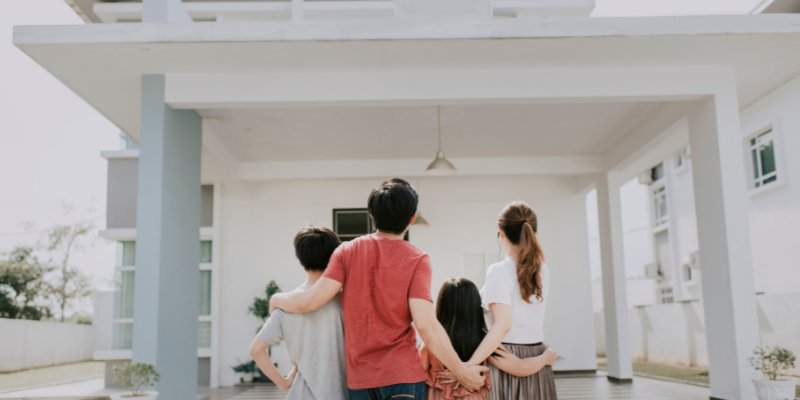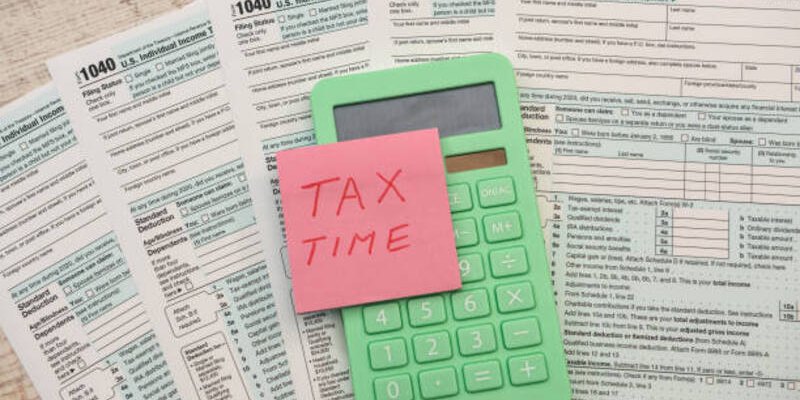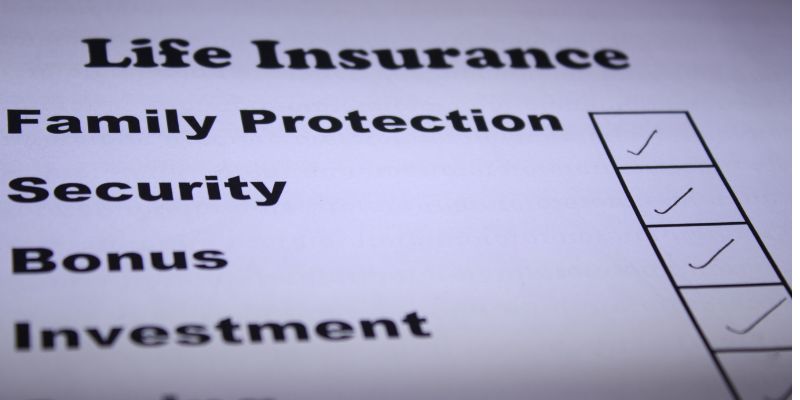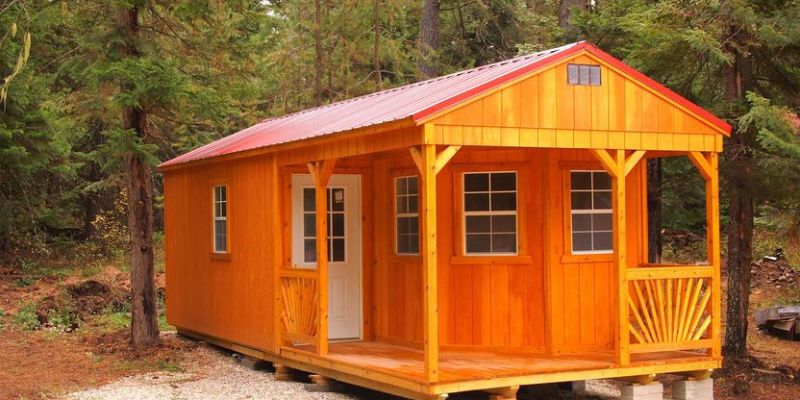Homebuying is a significant financial decision, and the down payment is crucial. This upfront deposit is a big financial commitment for future homeowners. The size of a down payment affects property affordability and mortgage conditions. Traditional down payments were roughly 20% of the home's price. Modern lending programs and lenders enable lesser down payments, giving consumers more freedom. To plan and prepare for this crucial part of homeownership, prospective homebuyers must understand the down payment requirements for various loan types. Understanding down payments helps people connect their financial plans with homeownership objectives, making house ownership more accessible and informed.

How Much is a Down Payment on a House?
The down payment for a home depends on the loan and property. Many homeowners choose conventional loans because they need a 3% down payment. However, VA and USDA loans may allow for a 0% down payment, making homeownership more accessible. However, second houses and investment properties frequently need 10% to 25% down payments, complicating the purchase process.
In addition to the down payment, extra closing expenses may apply, so potential purchasers must carefully assess their financial status and research their lending choices to discover the best match.
How To Save for a Down Payment
Financial planning is needed to save for a down payment. Budgeting helps people decrease costs and save more by analyzing their income and spending. Cutting needless expenditures like eating out or subscription services may increase savings over time.
Adding part-time work or freelancing might also speed up savings. Automated transfers to a savings account and employer-sponsored savings programs may also help maintain down payment fund contributions. Combining these methods may help homebuyers save for a down payment.
Down Payment Assistance Options
Individuals with financial restraints might use down payment assistance programs to become homes. Nonprofits and government entities provide these initiatives. Grants and low-interest loans from the government may help low-income families buy a property.
Grants, forgiving loans, and community-based initiatives from nonprofits may help with down payments. Prospective homebuyers should explore and ask about these choices since they may help overcome financial hurdles to homeownership. These aid programs are essential for people who cannot afford a typical down payment.
Minimum Down Payment Requirements:
Conventional Loan: 3 Percent Down Payment
Good credit and a steady financial history usually demand a 3% down payment for conventional loans. Many homeowners seeking a balance between a small down payment and advantageous loan conditions find it appealing. The 3% down payment requirement lets borrowers save more for homeownership or unforeseen costs.
Conventional loans are flexible, and although a 20% down payment is best to eliminate PMI, the 3% alternative allows more people to buy a home. To choose the best conventional loan, borrowers should assess their finances, PMI expenses, and loan conditions.
FHA Loan: 3.5 Percent Down Payment
Federal Housing Administration-backed FHA loans need a 3.5% down payment. These loans provide more financing alternatives than traditional loans, making them popular with first-time homeowners and people with poorer credit ratings.
The FHA's guarantee gives lenders confidence to lend to those with bad credit. The 3.5% down payment makes homeownership more accessible, fostering real estate inclusiveness. FHA applicants should carefully analyze loan conditions, including mortgage insurance requirements, to ensure they meet their long-term financial objectives.
Second Homes and Investment Properties: 10 Percent to 25 Percent
Down payments for second residences and investment houses are typically 10% to 25% greater. Non-primary dwellings are riskier; therefore, they are a more significant proportion. Lenders consider these purchases speculative, requiring a more substantial upfront payment from the buyer.
Investors and vacation property buyers may expect a more significant down payment as lender protection. Additionally, buyers should assess a second home's return on investment and financial viability.
VA Loan and USDA Loan: Zero Percent Down Payment
VA and USDA loans are unusual in the mortgage market since they need no down payment. These initiatives help qualifying veterans and rural residents become homeowners.
The $0 down payment provision saves qualified buyers a lot of money upfront. Eligible applicants should carefully examine a zero-down-payment government-backed loan's qualifying requirements and long-term financial benefits.

Jumbo Loan: 10 Percent Down Payment
A 10% down payment is standard for jumbo loans for high-value residences. The higher down payment reduces the risk of financing large real estate transactions.
The 10% down payment requirement protects lenders against jumbo loans' higher loan amounts. Buyers contemplating jumbo loans should be financially prepared for more significant upfront expenditures and analyze their capacity to fulfill recurring mortgage commitments for luxury or high-value residences.
Pros and Cons of Making a Larger Down Payment
Pros:
- Lower Mortgage Payments: A more significant down payment lowers monthly mortgage payments. A large down payment reduces the loan amount, making monthly payments more feasible. Financial flexibility may help homeowners maintain mortgage stability.
- Better Loan Conditions and Interest Rates: A large down payment may strengthen the borrower's position, resulting in better loan conditions and cheaper interest rates. Larger down payments show financial stability and commitment to lenders, which may improve borrower terms. This may provide considerable mortgage savings over time.
- A sizeable down payment creates instant equity in the home. Equity, which signifies ownership, may boost financial stability. Homeowners might use equity for future investments or other financial purposes.
Cons:
- A sizeable down payment locks up a lot of cash, which is a downside. This may reduce immediate money for other investments or financial objectives. Homebuyers must consider the advantages of a more significant down payment against its effect on financial liquidity.
- Opportunity Cost of Not Investing Elsewhere: Large down payments prevent people from investing elsewhere. Market circumstances may make other investments more profitable than a significant down payment. The opportunity cost must be assessed to ensure the financial plan supports wealth-building objectives.
- A large down payment might diminish financial liquidity, limiting short-term cash availability. This cash loss may make unforeseen costs or financial adjustments difficult. Homebuyers should assess their comfort with limited cash and prepare for unexpected financial demands.
Conclusion:
The advantages and drawbacks of each down payment approach must be carefully considered before purchasing a property. A more significant down payment may cut monthly mortgage payments, improve loan conditions, and increase home equity. However, potential homeowners must match these advantages with their financial objectives and circumstances. Assessing risk tolerance, financial liquidity, and long-term investing plans is crucial to making an educated selection. Understanding and preparing the many alternatives is crucial for a successful and sustainable house purchase. Consider savings, income stability, and other financial commitments while assessing your financial condition.




